 |
In this cover, a dynamic metal-ligand coordination mechanism has been unveiled towards CO2 electroreduction. Triazole-modified Ag with dynamic and reversible interfacial structures reduced the activation barriers of both CO2 protonation and H2O activation via breaking the linear scaling relationship, boosting the catalytic activity for the electroreduction of CO2 into CO. |
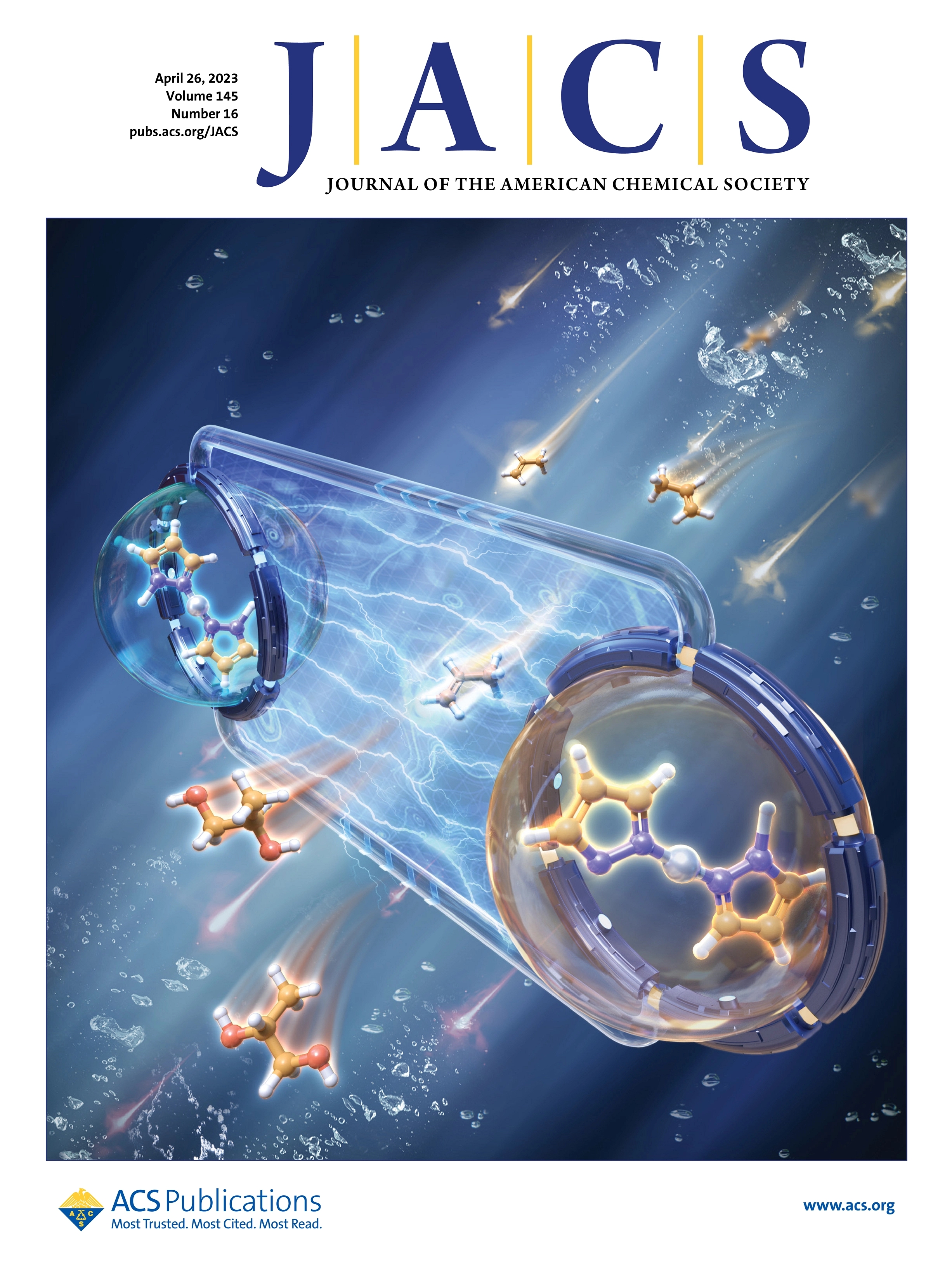 |
The cover describes a dynamical molecular catalyst of Ag pyrazole (AgPz), which undergoes deprotonation to form H vacancy on pyrrolic N (AgPz-Hvac) during propylene electrooxidation. The dynamically reversible interconversion between AgPz and AgPz-Hvac facilitates both the dissociation of H2O and transfer of *OH to propylene, thus achieving efficient electrooxidation of propylene into propylene glycol. |
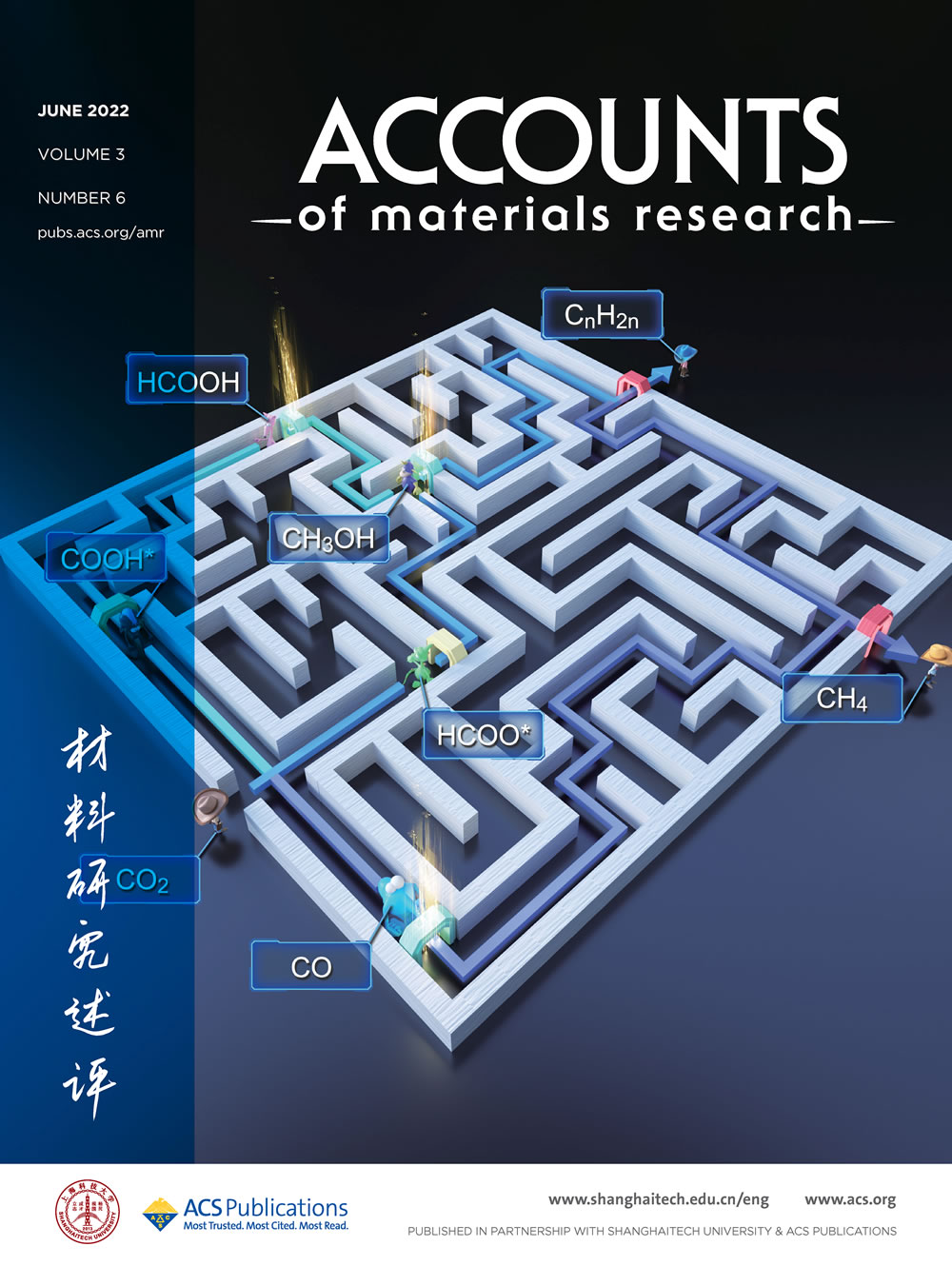 |
On the cover, the maze represents the complex reaction pathways of the CO2 hydrogenation. Different colored lines indicate that CO2 gets the corresponding product through different pathways. The monsters on the pathway to the product represent the key steps to be overcome during the reaction process. |
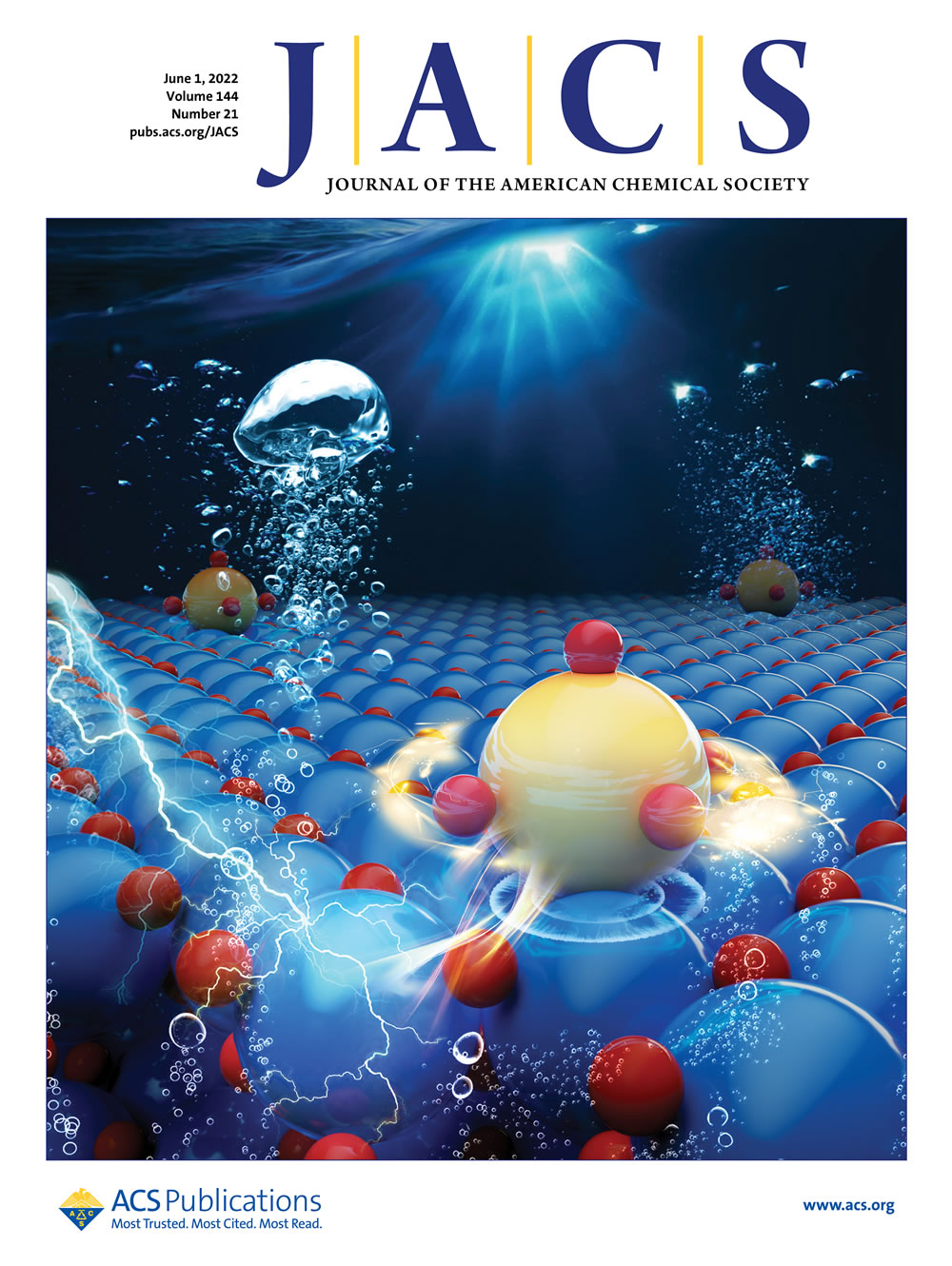 |
A comparative study was made between lattice-doping and surface-adsorbed single atoms, which created distinct interfacial structures to interact with oxygen-evolving intermediates. This work reveals the essence of electronic and steric effects for optimizing the catalytic process. |
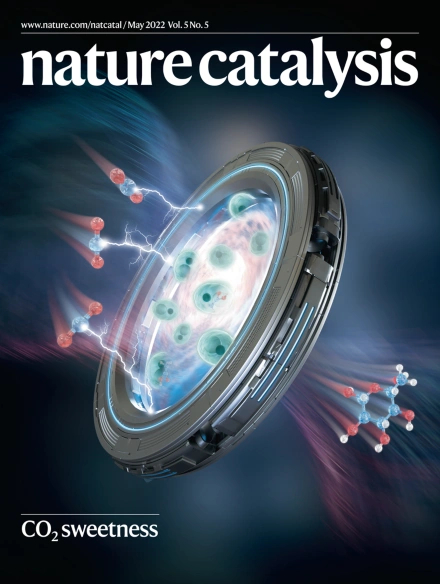 |
Integrating electrochemical and biocatalytic components is difficult owing to incompatible rates and conditions. The cover describes a spatially decoupled system combining CO2 electrolysis with yeast fermentation, which efficiently produces glucose or fatty acids from CO2 and H2O. |
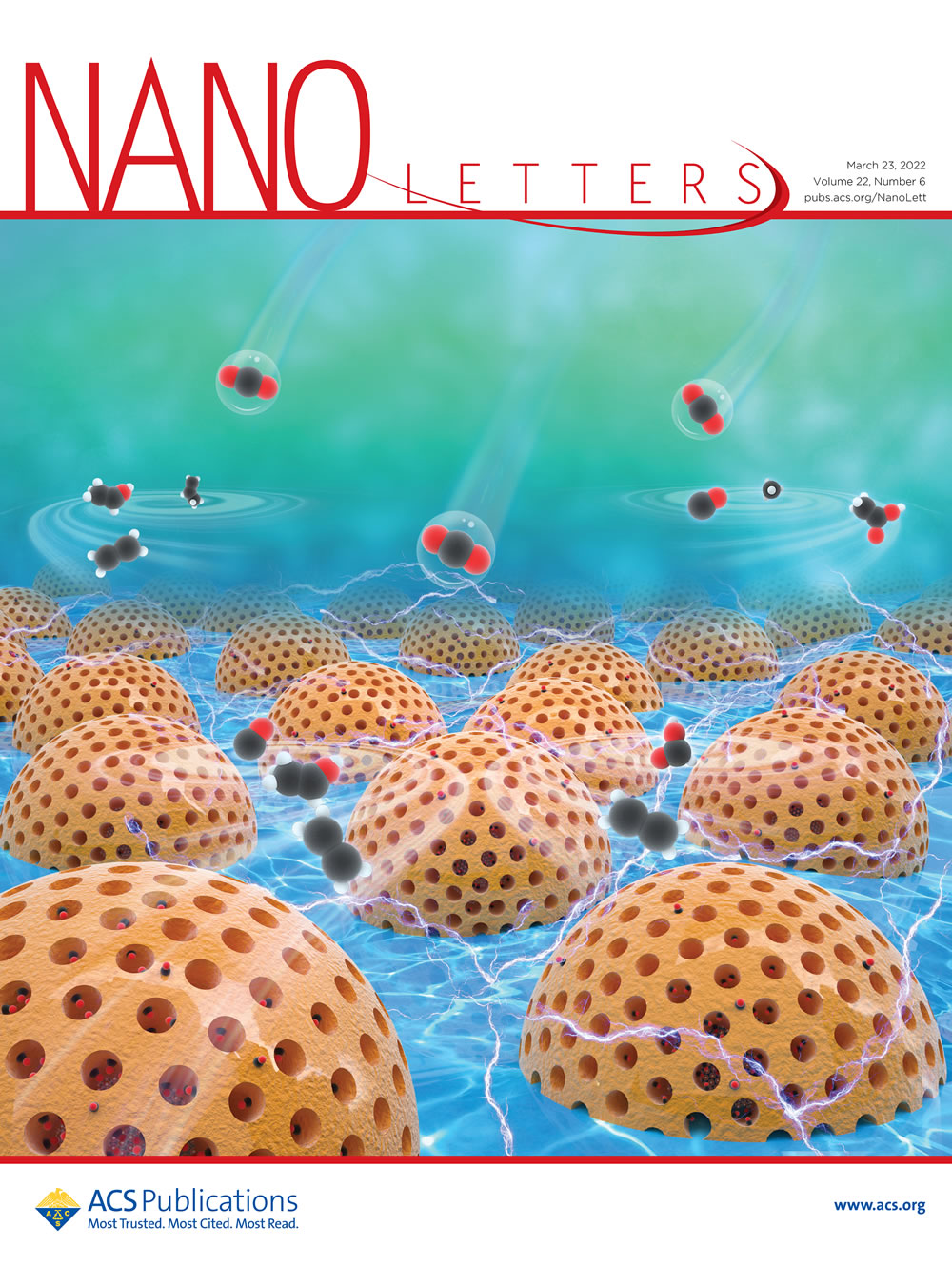 |
On the cover, the regulation of pore sizes for the microstructure of porous Cu shells enhanced the local confinement of reaction intermediates, facilitating C–C coupling and, thus, improving the selectivity for C2+ products over core-shell Ag@Cu catalysts towards CO2 electroreduction. |
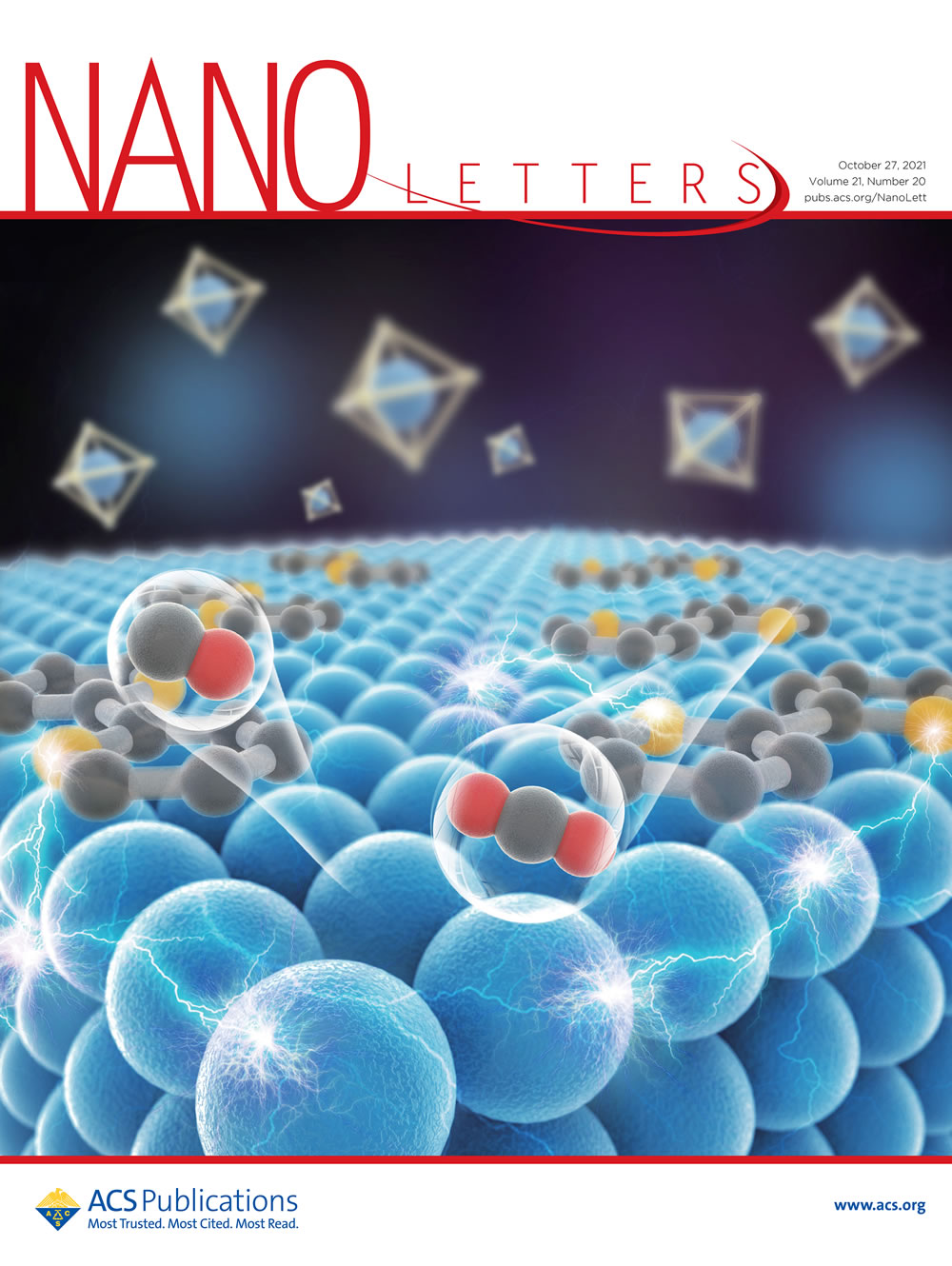 |
The cover is an artist’s depiction of a novel molecular modification strategy presented for efficient CO2 electroreduction by encapsulating palladium nanoparticles into metal?organic frameworks with 2,2′-bipyridine ligands. The catalysts achieve high CO faradaic efficiency over wide potential windows via optimizing the binding of key intermediates based on the electronic interaction between the palladium surface and 2,2′-bipyridine. |
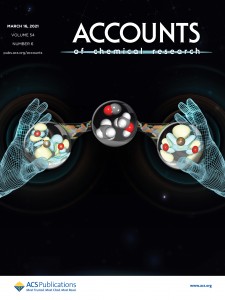 |
On the cover, the two hands represents the sites which adsorb oxygen atoms in CO2. Such adsorption configuration benefits bending the linear CO2 molecule. The halo surrounding the hands represents charge density gradients which can polarize non-polar CO2 molecules. |
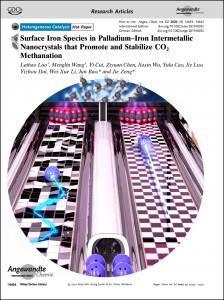 |
There are two bowling alleys with different patterns. The left rough alley represents the surface of disordered fcc-PdFe nanocrystals. The right smooth alley represents the surface of ordered fct-PdFe alloy. The bowling pins represent CO2 molecules. The hit of the bowl balls on the pins indicates the successful conversion of CO2 into CH4. Our work demonstrated that on disordered fcc-PdFe nanocrystals, surface Fe species were irreversibly oxidized during CO2 methanation, resulting in the variation of reaction path and decreased stability. This phenomenon is reflected by the surface roughness of the left alley and the tortuous trajectory of the bowl ball. In contrast, the ordered fct-PdFe nanocrystals ensured renewable metallic Fe species and maintained reaction pathway during CO2 methanation, resulting in high stability. This phenomenon is reflected by the smooth surface of the right alley. The ball goes straight towards the bawling pin with a fast and straight manner. |
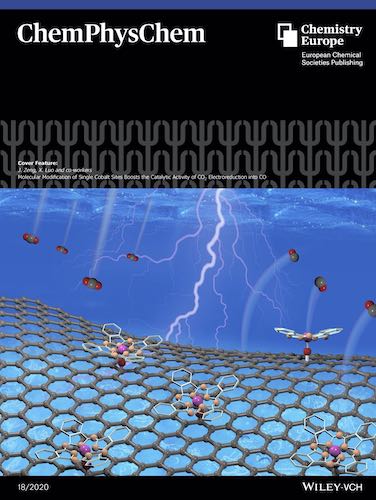 |
It shows the catalytic process of CO2 electroreduction over phthalocyanine (Pc) coordinated Co sites. Co sites were firstly linked by oxygen species on carbon black, enabling fast electrons transfer. The anchoring of Pc with Co sites further promoted the catalytic activity of CO2 electroreduction into CO. |